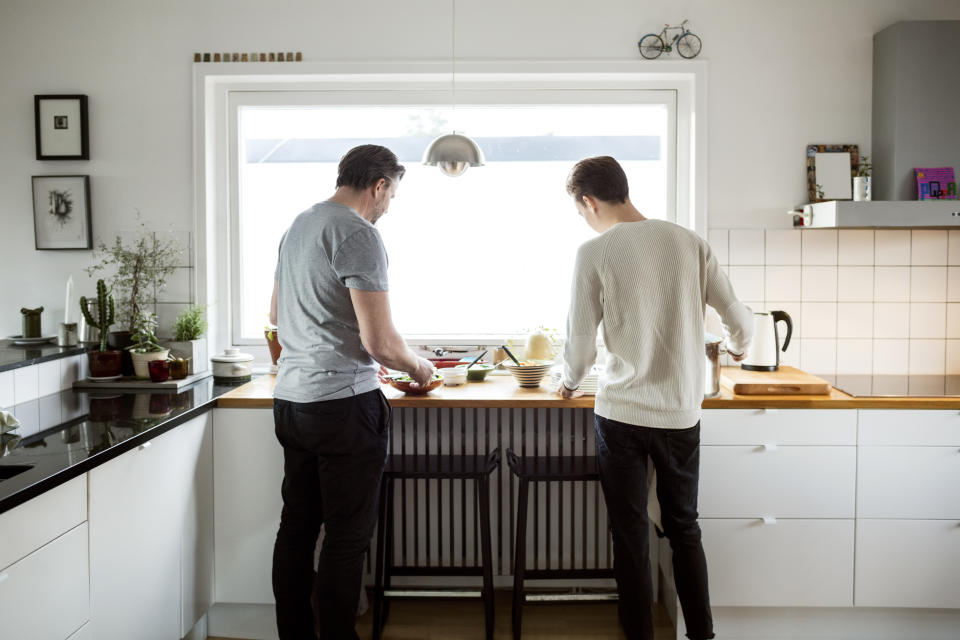The surprising gender gap among young adults who live at home

Young female adults across the European Union are far more likely to leave their family home compared to their male counterparts, according to fresh data from Eurostat.
The Friday report showed 73% of young EU men between the ages of 16 to 29 were living at home with their parents last year, while just 63% of young women were staying at home. This gap of roughly 10% has been persistent for years.
The gender gap related to staying at home was found across all 28 members of the European Union, including the UK.
In the UK, a higher-than-average proportion of both men and women were likely to leave home during these years, though men were still more likely to stick around than women. The average age British children leave the family home is 24.4.

In some countries, men were historically known to leave home later due to mandatory military service. The fact that men tend to marry later in life could also be a contributing factor to this persistent trend.
Cultural differences, family ties, job opportunities, pay and government support all play a role in when children leave home.
Children in Nordic nations tend to leave much sooner than children in southern Europe.
In Finland, for example, just 41% for young men and 30% of young women remained at home last year. They leave, on average, just before they turn 22.
In Italy, a whopping 88% of young men and 80% of young women remained in their family homes last year. In Croatia, the numbers were slightly higher.
Both countries have high youth unemployment rates, with Italy’s standing at 32.5% and Croatia’s at around 24%.
“Young adults in Malta and Croatia remained the longest in the parental household,” Eurostat said in a related report. “They left home at an average age of 32.2 and 31.9, respectively.”

 Yahoo Finance
Yahoo Finance 